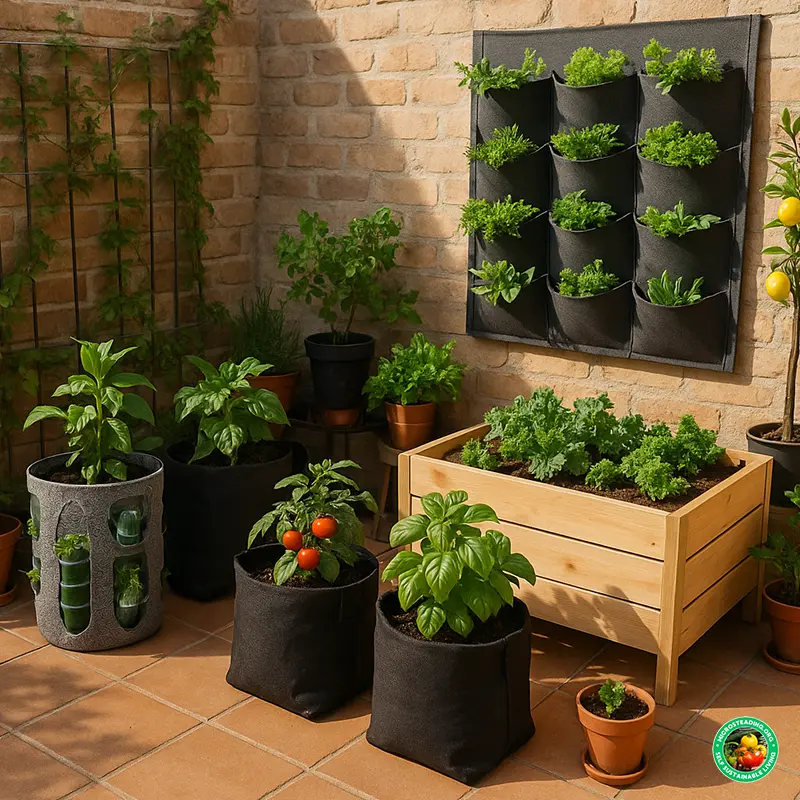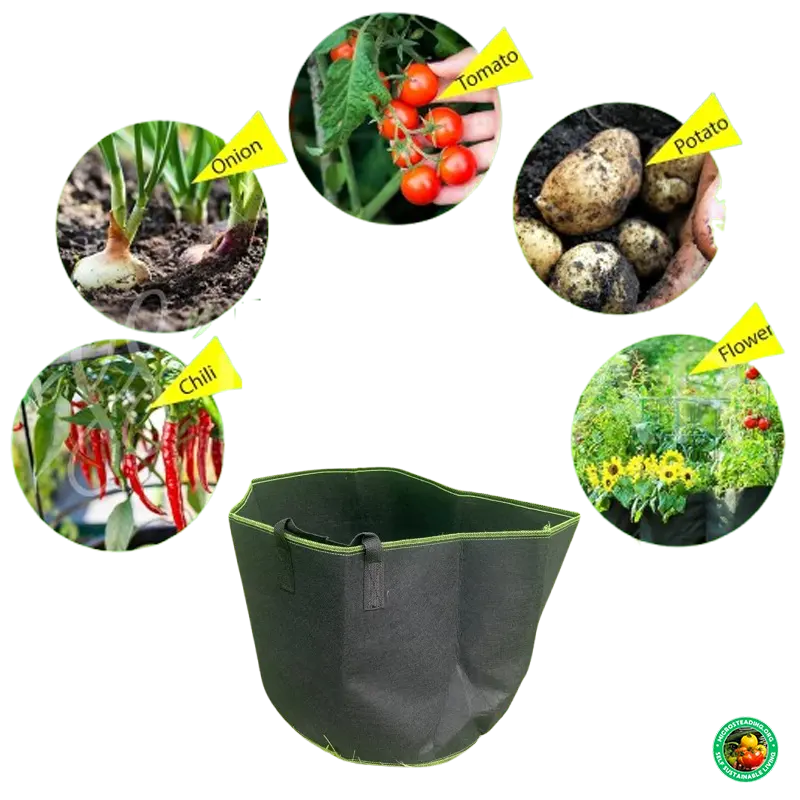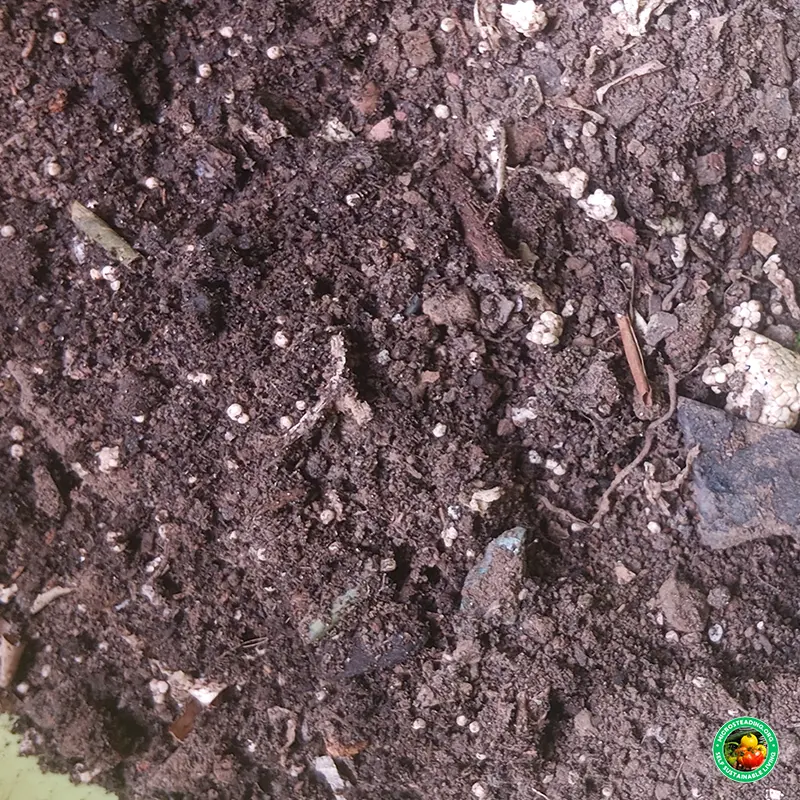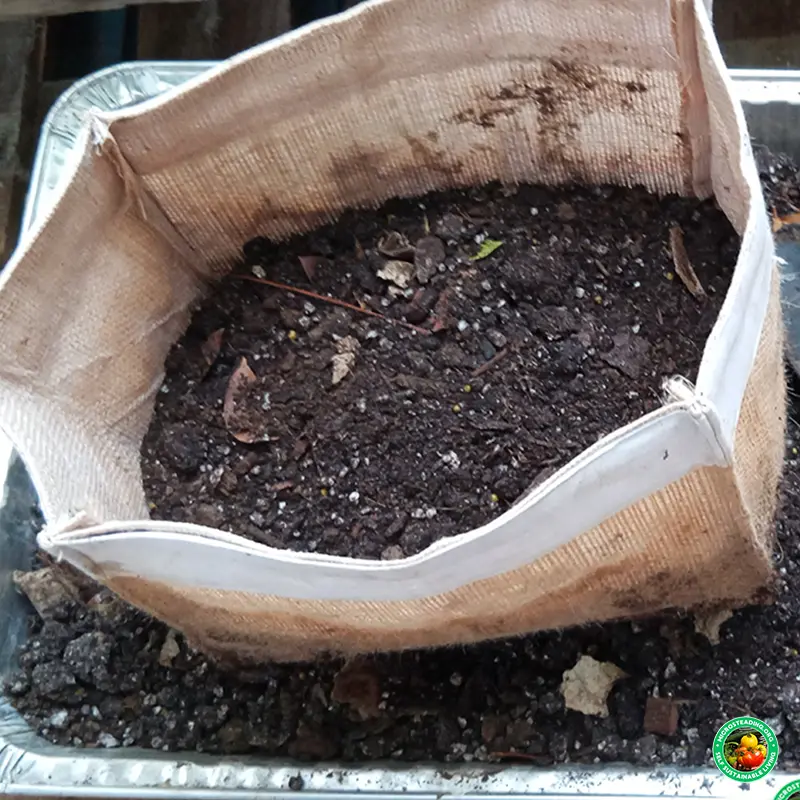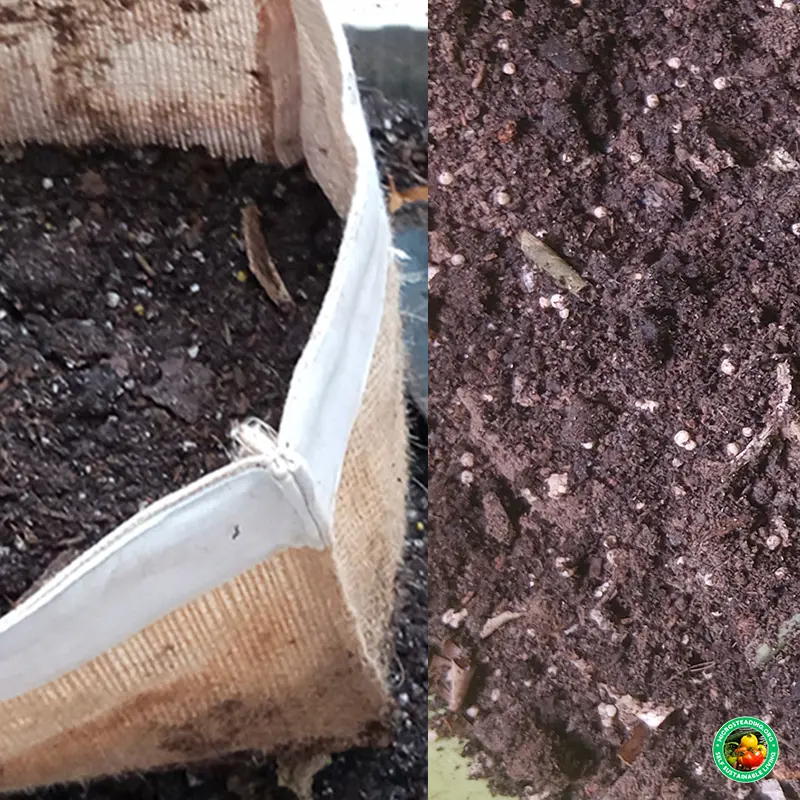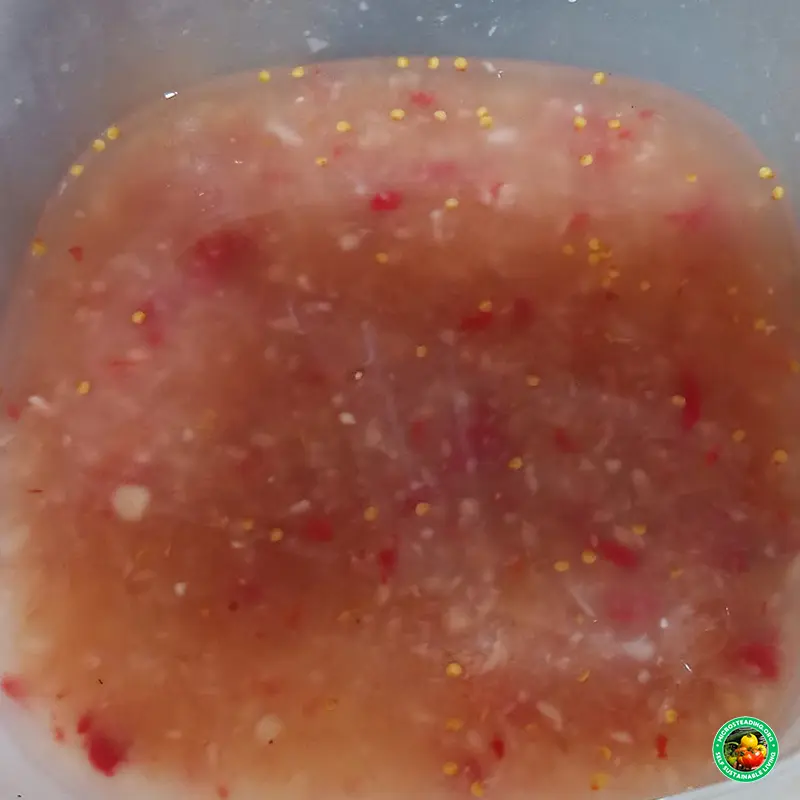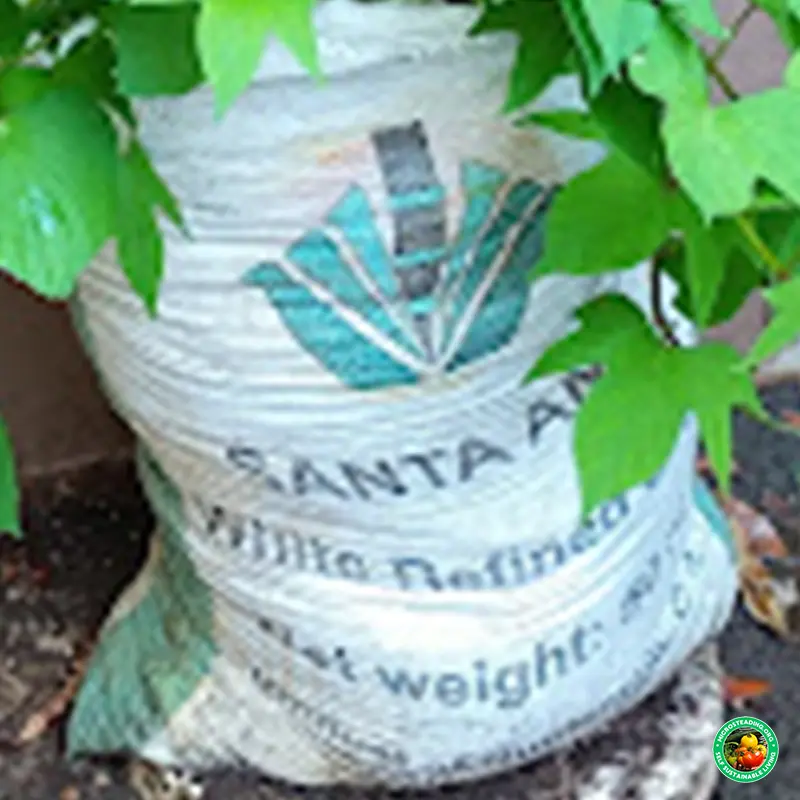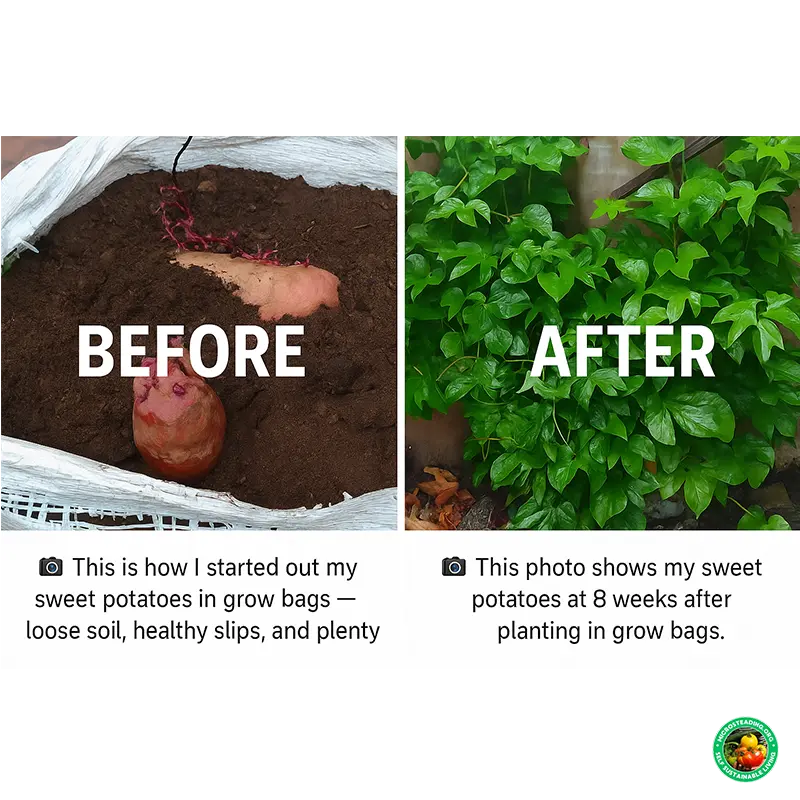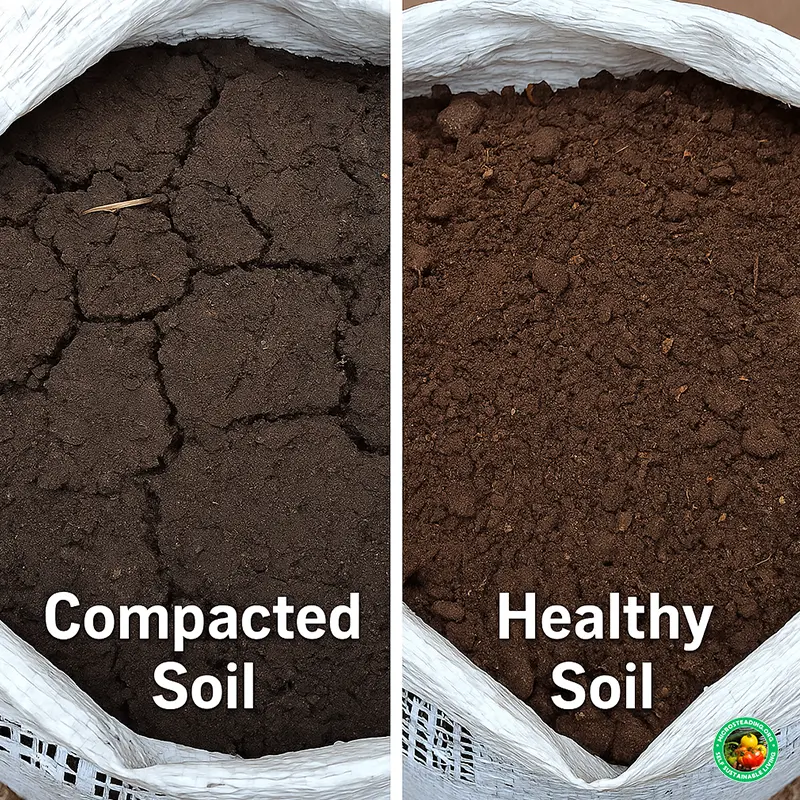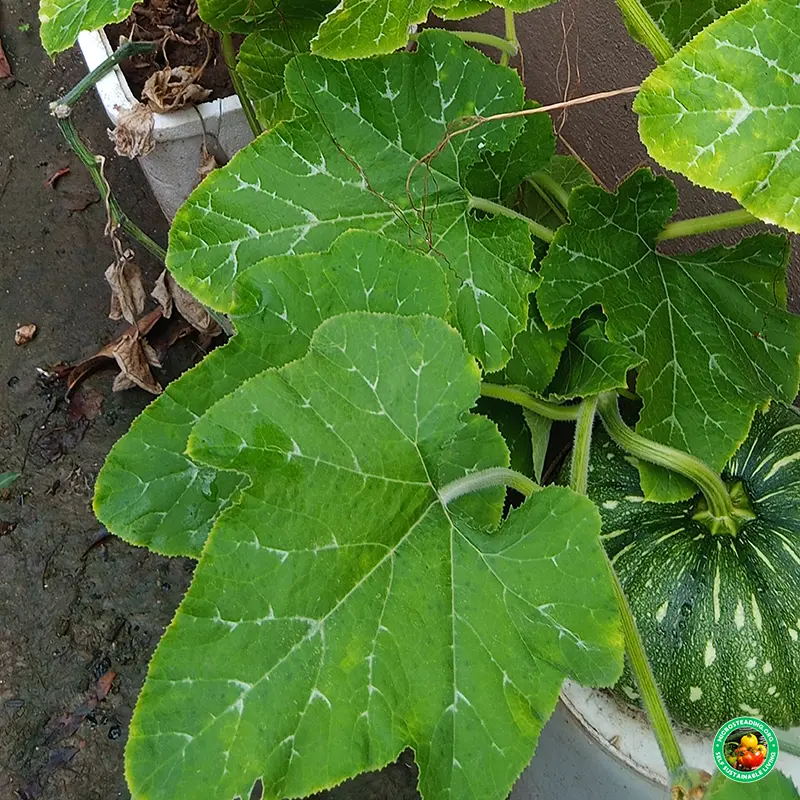🌱 Top 5 Crops That Thrive in Grow Bags
Ever plant a crop that looked healthy, but produced almost nothing?
It’s not your fault — most new gardeners pick the wrong crops for containers.
But what if you knew exactly which crops thrive in grow bags?
The ones that produce big yields in small spaces.
The ones that don’t mind shallow roots, tighter spacing, or quick soil drainage?
In this article, you’ll discover:
✅ The top 5 crops for grow bags (and why they outperform others)
✅ What size bag to use for each crop
✅ How to avoid yield-killers like root binding or nutrient leaching
✅ Pro-level tips to boost your harvest — even if you’re growing on a balcony
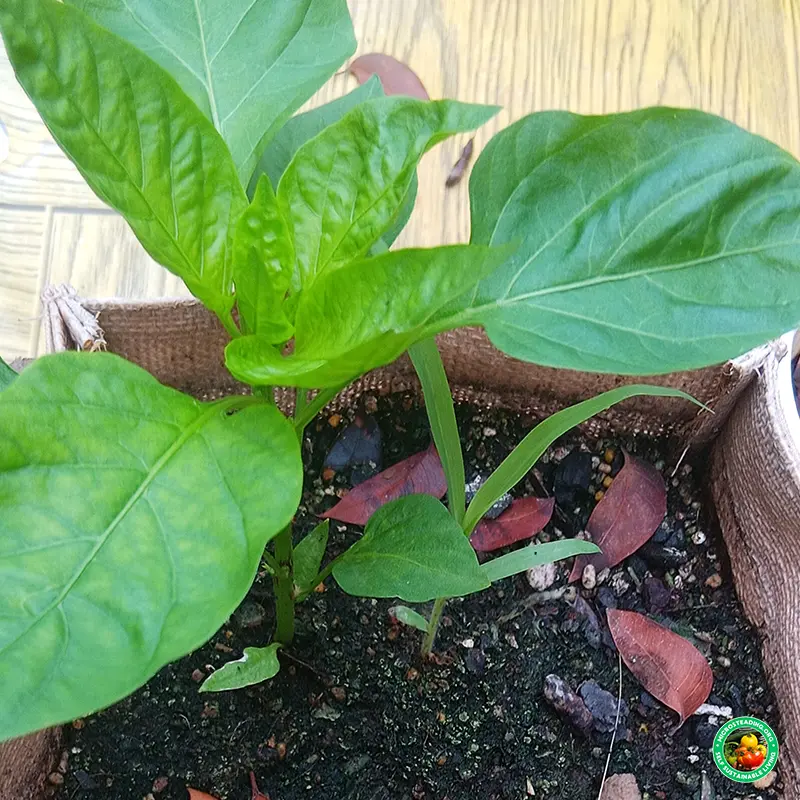
🧠 Why Certain Crops Outperform in Grow Bags
Let’s be real — not every plant loves a container. Some have deep taproots. Others need more horizontal space to sprawl. Grow bags are breathable, portable, and forgiving — but they’re still confined environments.
The best crops for grow bags share these traits:
✅ Compact root systems that don’t demand deep soil
✅ High yield per square foot — small footprint, big output
✅ Quick maturity — so you can rotate and replant fast
✅ Container-friendly growth habits (bush types, not ramblers)
Let’s break down the champions — and what makes each one so container-worthy.
🥬 1. Leafy Greens (Lettuce, Spinach, Arugula)
Want fast results? Leafy greens are your grow bag MVPs.
They grow shallow, mature quickly, and let you harvest again and again.
Plus, they’re happy in partial sun, making them ideal for balconies or patios that don’t get all-day exposure.
✅ Best Grow Bag Size:
5–7 gallon bags for full heads, or 1–3 gallon bags for cut-and-come-again leaf mixes.
📏 Spacing Tip:
Use our Spacing & Yield Calculator to maximize harvests without overcrowding.
💡 Pro Tip:
Lettuce bolts quickly in heat. Try bolt-resistant varieties and use shade cloth during summer. Check out our example of bolting lettuce here.
📈 Takeaway:
Leafy greens give you rapid, space-saving, nutritious returns. Perfect for microsteading beginners.
🍅 2. Bush Tomatoes (Determinate Varieties)
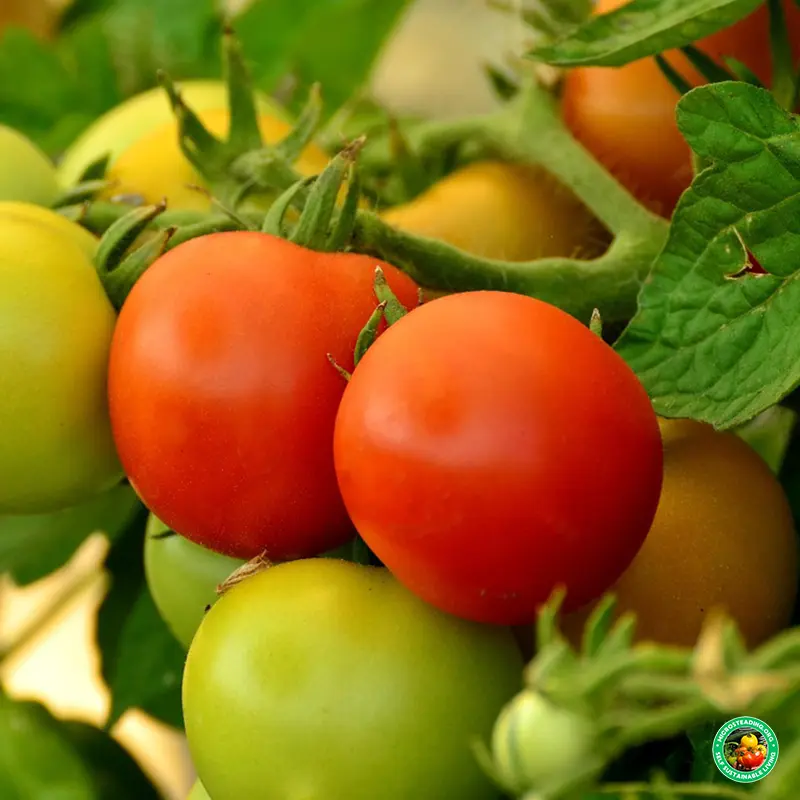
Tomatoes are grow bag royalty — but not all types qualify.
You want determinate (bush) varieties, which stay compact, ripen all at once, and don’t need excessive support.
🚫 Skip the viney indeterminate tomato plants unless you have serious staking and pruning skills.
✅ Best Grow Bag Size:
10–15 gallon bags. Anything smaller leads to root binding and stunted growth.
🌱 Soil Tip:
Use a loamy, aerated mix with compost and perlite. For detailed blends, visit our Best Soil Mixes Guide.
💧 Watering Note:
Tomatoes hate dry swings, so a consistent moisture level is critical. Our watering guide teaches you how to master it.
📈 Takeaway:
Bush tomatoes are high-yield and grow-bag friendly — give them deep soil and steady hydration.
🌶 3. Peppers (Bell, Banana, Jalapeño)
Peppers love warmth, drainage, and deep-but-not-wide root zones. That’s a textbook fit for grow bags.
Whether growing sweet bell peppers or spicy jalapeños, these plants thrive with proper sunlight and nutrition.
✅ Best Grow Bag Size:
7–10 gallon bags for one plant per bag.
☀️ Sunlight Tip:
They need full sun — 6 to 8 hours a day. Consider grow bag placement adjustments or reflective surfaces if your patio doesn't get that.
🧪 Feeding Schedule:
Start with a high-nitrogen boost, then switch to a balanced fertilizer with calcium to prevent blossom end rot.
📈 Takeaway:
Peppers are heat-loving, root-hugging, flavor bombs that shine in grow bags with good drainage and consistent feeding.
🫘 4. Bush Beans (Green Beans, French Filet, Dwarfs)
Think beans need trellises? Not always.
Bush beans grow low, fast, and productive — perfect for bags and boxes.
They’re also nitrogen-fixers, which naturally enrich the soil for the next crop rotation.
✅ Best Grow Bag Size:
5–7 gallon bags can host 3–5 bush bean plants.
📏 Spacing Tip:
Leave about 4–6 inches between plants. Don’t overcrowd — airflow matters.
🧺 Harvest Boost:
Pick young and often to encourage more pods. Harvesting every 2–3 days maximizes output.
📈 Takeaway:
Bush beans are high-yielding, nutrient-enriching, and simple to manage in containers. A win-win for any grow bag garden.
🌱 5. Radishes (Cherry Belle, French Breakfast)
Radishes are the secret weapon of small-space growers.
They mature in 25–30 days, take up minimal room, and loosen soil for future plantings.
Plus, they’re fun to grow and great for succession planting.
✅ Best Grow Bag Size:
3–5 gallon bags work great. Shallow soil is fine — just keep it loose.
🪴 Soil Tip:
Watch out for compacted mixes. If the soil crusts or clumps, roots will fork or fail. Check out our guide to preventing soil compaction.
🔁 Succession Hack:
Plant new radishes every 10–14 days for a steady supply. You can harvest and replant the same bag 4–5 times a season.
📈 Takeaway:
Radishes give fast results, improve soil texture, and take up almost no room. Ideal for first-timers and kids.
💡 Honorable Mentions: More Crops to Try
These didn’t make the top 5, but they’re still solid grow bag choices:
🥬 Chard & Kale – More forgiving than lettuce in heat
🥒 Mini Cucumbers – Compact vining types do fine with trellis support
🍓 Strawberries – Great in 3-gallon bags or hanging grow pockets
🌿 Herbs – Basil, cilantro, thyme, oregano all do well in shallow bags
🚀 Don’t Waste Space on the Wrong Crops
Every square foot in a grow bag counts. Why waste it on crops that barely produce, sprawl too wide, or require deep permanent beds?
Stick with compact, fast-maturing, high-yield crops and you’ll get more food with less fuss — even if all you have is a patio or rooftop.
📐 Want to know exactly how many plants you can fit?
Use the Spacing & Yield Calculator to plan your grow bag garden down to the inch.
🌿 Remember: It’s not about how much space you have.
It’s about what you do with it.
Your grow bags are full of potential — now you know exactly what to plant in them.


